- Follow Us
Publications
High-profile publications featuring CDI Labs products and services
274 Total Publications
Refine Your Search
Publication Details
- Date
- Link
- + Abstract
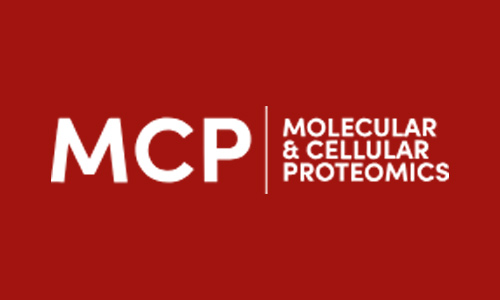
Molecular & Cellular Proteomics
- Main Product: HuProt
- HuProt: Global Analysis of SUMO-Binding Proteins Identifies SUMOylation as a Key Regulator of the INO80 Chromatin Remodeling Complex
- Eric Cox, Seth Blackshaw, et. al.
- Biochemistry, Cellular and Molecular Biology Graduate Program
HuProt PPI:SUMOylation is a critical regulator of a broad range of cellular processes, and is thought to do so in part by modulation of protein interaction. To comprehensively identify human proteins whose interaction is modulated by SUMOylation, we developed an in vitro binding assay using human proteome microarrays to identify targets of SUMO1 and SUMO2. We then integrated these results with protein SUMOylation and protein-protein interaction data to perform network motif analysis.
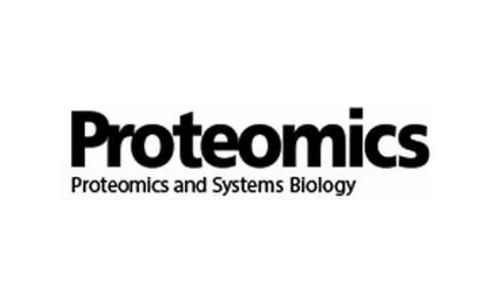
Proteomics
- Main Product: HuProt
- HuProt: Systematic identification of the protein substrates of UDP-GalNAc:polypeptide N-acetylgalactosaminyltransferase-T1/T2/T3 using a human proteome microarray
- Zhijue Xu, Yan Zhang, et. al.
- Key Laboratory of Systems Biomedicine (Ministry of Education) and Collaborative Innovation Center of Systems Biomedicine, Shanghai
HuProt Enzyme: O-GalNAc glycosylation is the initial step of the mucin-type O-glycosylation. In humans, it is catalyzed by a family of 20 homologous UDP-GalNAc:polypeptide N-acetylgalactosaminyltransferases (ppGalNAc-Ts). So far, there is very limited information on their protein substrate specificities. In this study, we developed an on-chip ppGalNAc-Ts assay that could rapidly and systematically identify the protein substrates of each ppGalNAc-T. In detail, we utilized a human proteome microarray as the protein substrates and UDP-GalNAz as the nucleotide sugar donor for click chemistry detection. From a total of 16 368 human proteins, we identified 570 potential substrates of ppGalNAc-T1, T2, and T3.
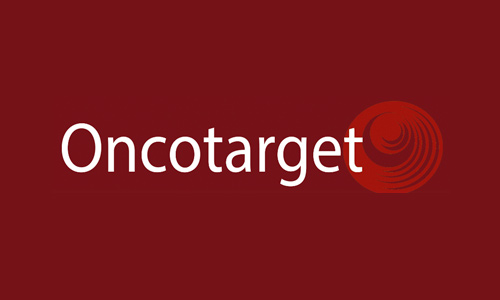
Oncotarget
- Main Product: HuProt
- HuProt: Evaluation of autoantibody signatures in meningioma patients using human proteome arrays
- Shabarni Gupta, Sanjeeva Srivastava, et. al.
- Dept of Biosciences and Bioengineering, Indian Institute of Technology
Meningiomas are one of the most common tumors of the Central nervous system (CNS). This study aims to identify the autoantibody biomarkers in meningiomas using high-density human proteome arrays (~17,000 full-length recombinant human proteins). Screening of sera from 15 unaffected healthy individuals, 10 individuals with meningioma grade I and 5 with meningioma grade II was performed. This comprehensive proteomics based investigation revealed the dysregulation of 489 and 104 proteins in grades I and II of meningioma, respectively, along with the enrichment of several signalling pathways, which might play a crucial role in the manifestation of the disease.
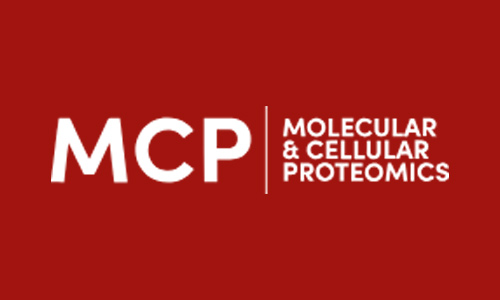
Molecular & Cellular Proteomics
- Main Product: HuProt
- HuProt: A Human Proteome Array Approach to Identifying Key Host Proteins Targeted by Toxoplasma Kinase ROP18
- Zhaoshou Yang, Yongheng Hou, Taofang Hao, Hee-Sool Rho, Jun Wan, Yizhao Luan, Xin Gao, Jianping Yao, Aihua Pan, Zhi Xie,...
- Dept of Biochemistry and Molecular Biology, Sun Yat-Sen University
Toxoplasma kinase ROP18 is a key molecule responsible for the virulence of Toxoplasma gondii; however, the mechanisms by which ROP18 exerts parasite virulence via interaction with host proteins remain limited to a small number of identified substrates. To identify a broader array of ROP18 substrates, we successfully purified bioactive mature ROP18 and used it to probe a human proteome array. Sixty eight new putative host targets were identified. Functional annotation analysis suggested that these proteins have a variety of functions, including metabolic process, kinase activity and phosphorylation, cell growth, apoptosis and cell death, and immunity, indicating a pleiotropic role of ROP18 kinase.
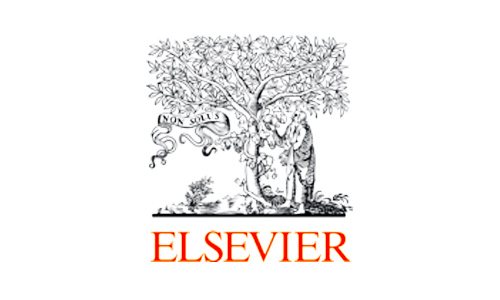
Journal of Autoimmunity - Elsevier
- Main Product: HuProt
- HuProt: Phenotyping and auto-antibody production by liver-infiltrating B cells in primary sclerosing cholangitis and primary biliary cholangitis
- Brian K. Chung, Evaggelia Liaskou, et. al.
- Centre for Liver Research and National Institute for Health Research (NIHR) Birmingham Liver Biomedical Research Unit
HuProt Autoantibodies: Primary biliary cholangitis (PBC) and primary sclerosing cholangitis (PSC) are immune-mediated biliary diseases that demonstrate prominent and restricted genetic association with human leukocyte antigen (HLA) alleles. In PBC, anti-mitochondrial antibodies (AMA) are specific and used as diagnostic biomarkers. PSC-relevant auto-antibodies remain controversial despite a distinct HLA association that mirrors archetypical auto-antigen driven disorders.

Nature Scientific Reports
- Main Product: HuProt
- HuProt: The long non-coding RNA NEAT1 is responsive to neuronal activity and is associated with hyperexcitability states
- Guy Barry, Ernst J. Wolvetang, et. al.
- QIMR Berghofer Medical Research Institute, Herston, Australia
HuProt DNA RNA: Despite their abundance, the molecular functions of long non-coding RNAs in mammalian nervous systems remain poorly understood. Here we show that the long non-coding RNA, NEAT1, directly modulates neuronal excitability and is associated with pathological seizure states. Specifically, NEAT1 is dynamically regulated by neuronal activity in vitro and in vivo, binds epilepsy-associated potassium channel-interacting proteins including KCNAB2 and KCNIP1, and induces a neuronal hyper-potentiation phenotype in iPSC-derived human cortical neurons following antisense oligonucleotide knockdown.
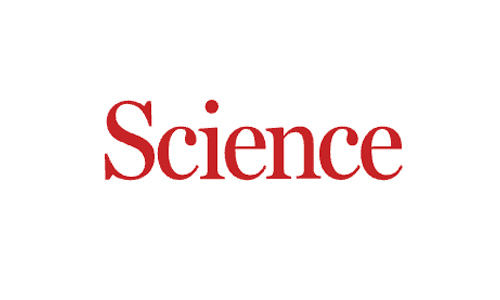
Science
- Main Product: HuProt
- HuProt: A nuclease that mediates cell death induced by DNA damage and poly(ADP-ribose) polymerase-1
- Yingfei Wang, Ted M. Dawson, et. al.
- Neuroregeneration and Stem Cell Programs, Institute for Cell Engineering, Johns Hopkins Medicine
HuProt PPI: DNA damage-activated nuclease identified - Cells that experience stresses and accumulate excessive damage to DNA undergo cell death mediated by a nuclear enzyme known as PARP-1. During this process, apoptosis-inducing factor (AIF) translocates to the nucleus and activates one or more nucleases to cleave DNA. Wang et al. found that macrophage migration inhibitory factor (MIF) is an AIF-associated endonuclease that contributes to PARP-1-induced DNA fragmentation (see the Perspective by Jonas).

Nature Scientific Reports
- Main Product: HuProt
- HuProt: Delineation of autoantibody repertoire through differential proteogenomics in hepatitis C virus-induced cryoglobulinemia
- Masato Ogishi, Hiroshi Yotsuyanagi, Kyoji Moriya & Kazuhiko Koike
- Dept of Infectious Diseases, Graduate School of Medicine, The University of Tokyo
Antibodies cross-reactive to pathogens and autoantigens are considered pivotal in both infection control and accompanying autoimmunity. However, the pathogenic roles of autoantibodies largely remain elusive without a priori knowledge of disease-specific autoantigens. Here, through a novel quantitative proteogenomics approach, we demonstrated a successful identification of immunoglobulin variable heavy chain (VH) sequences highly enriched in pathological immune complex from clinical specimens obtained from a patient with hepatitis C virus-induced cryoglobulinemia (HCV-CG).

Annals of the Rheumatic Diseases - BMJ Journals
- Main Product: HuProt
- HuProt: PUF60: a prominent new target of the autoimmune response in dermatomyositis and Sjögren\'s syndrome
- David F. Fiorentino, Livia Casciola-Rosen, et. al.
- Dept of Dermatology, Stanford University School of Medicine
Autoantibodies are used clinically to phenotype and subset patients with autoimmune rheumatic diseases. We detected a novel 60 kDa autoantibody specificity by immunoblotting using a dermatomyositis (DM) patient\'s serum. Our objective was to identify the targeted autoantigen and to evaluate disease specificity and clinical significance of this new autoantibody.
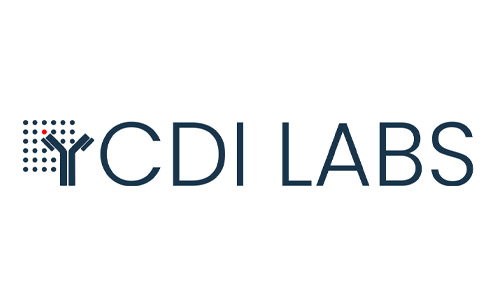
White Paper
- Main Product: HuProt
- Antibody Cross-Reactivity Testing Using the HuProt™ Human Proteome Microarray
- Pedro Ramos, Andrew Leahy, Ignacio Pino and Scott Paschke
- CDI Labs
The use of protein microarrays to evaluate antibodies is likely to set new quality standards to evaluate antibody cross-reactivity, and will also address the need for new methods to identify antibodies that can be used in robust scientific investigations, grant proposals and for commercialization.